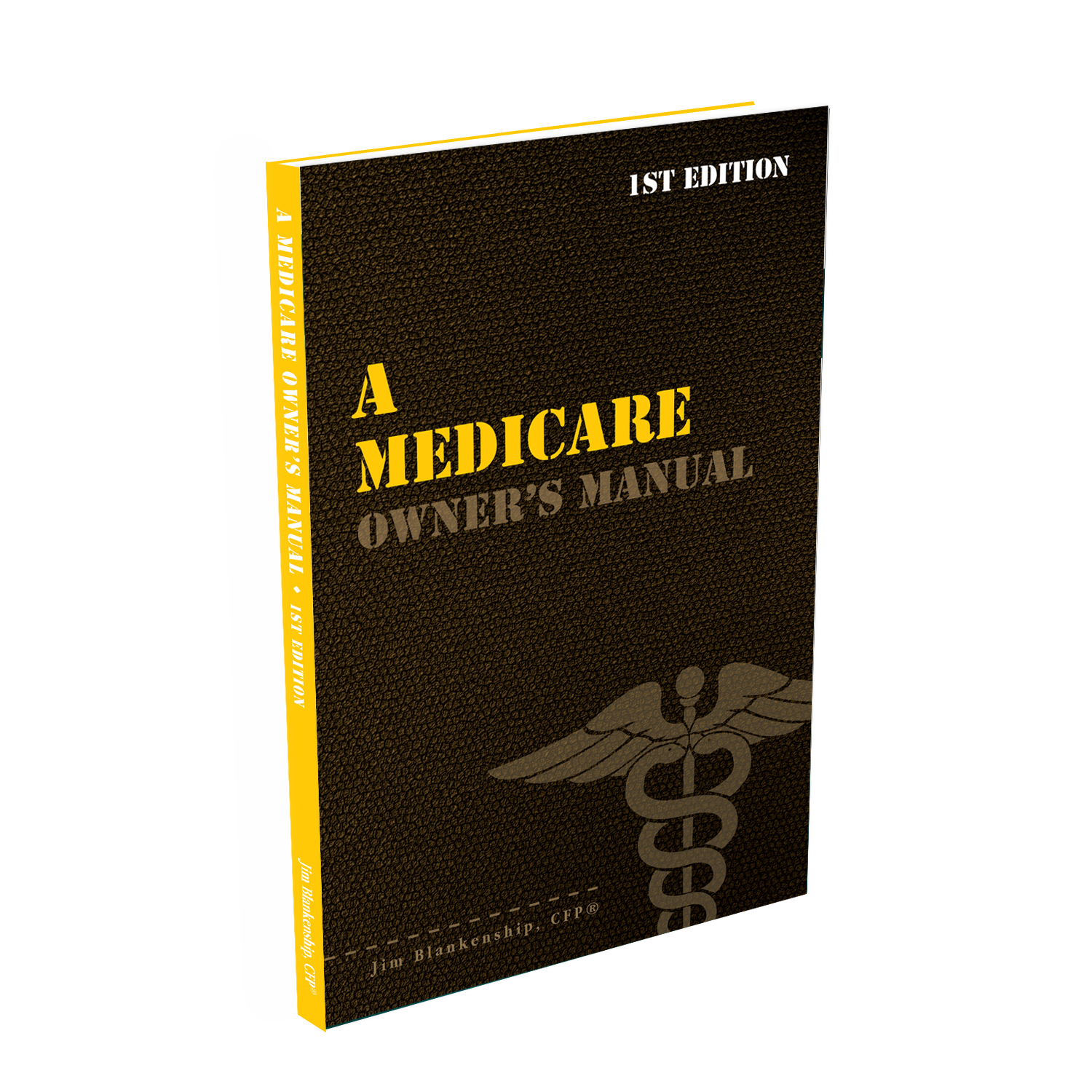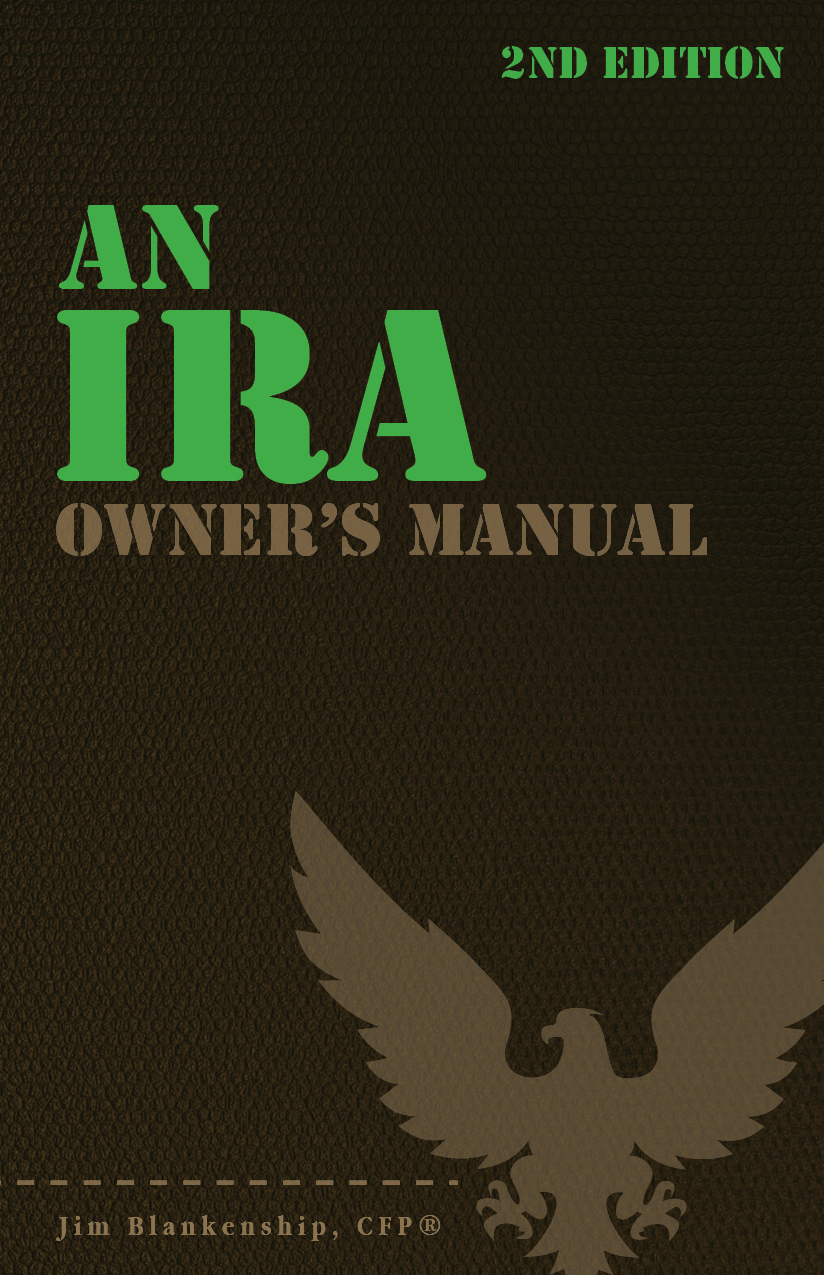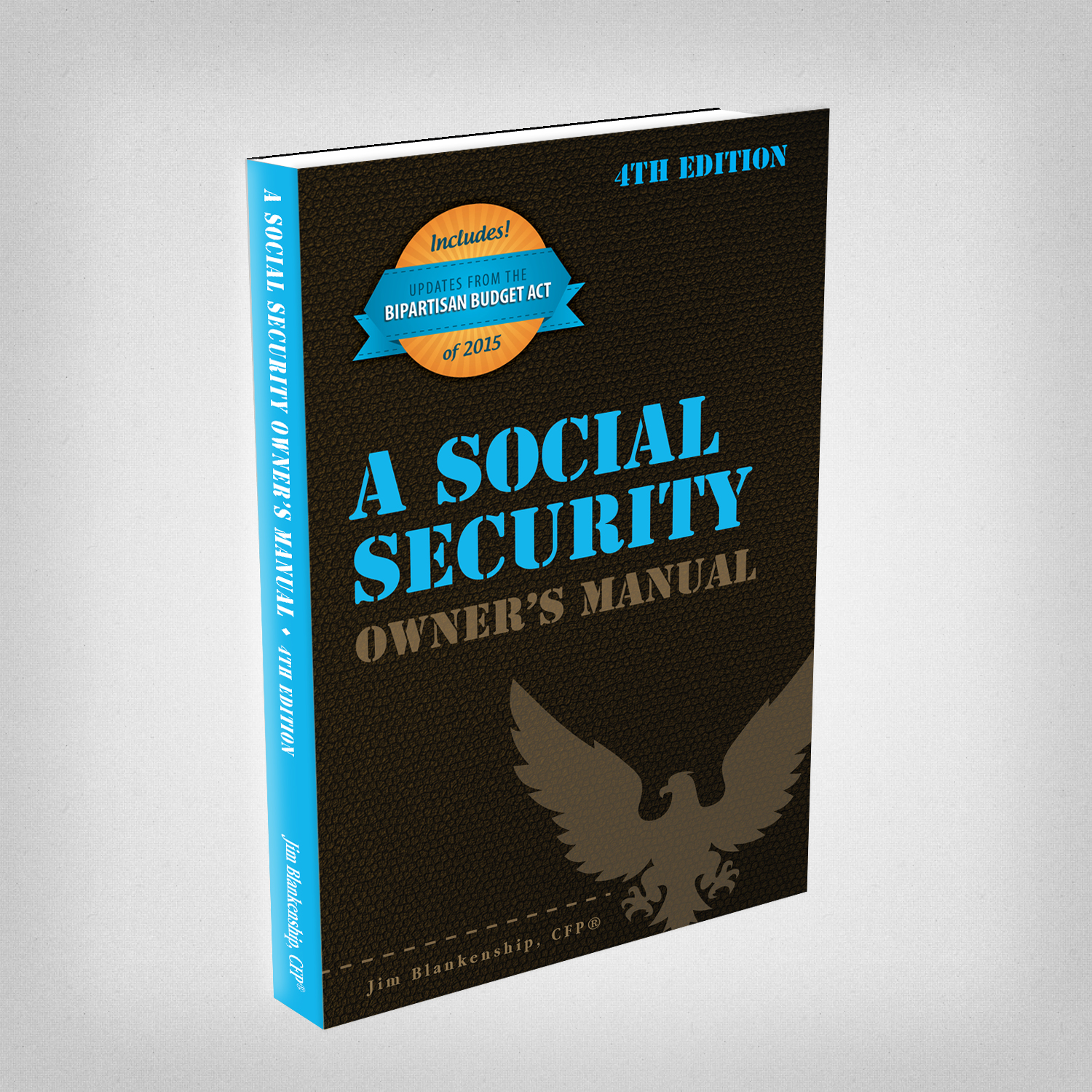 The end of the year, especially around the holidays, is a time when many folks’ thoughts turn to charitable giving. Many opportunities present themselves, from the gentleman with the bell and the red kettle to our local food and coat drives. With this in mind, the IRS recently published their Special Edition Tax Tip 2014-13 which details six tips for charitable giving. The actual text of the Tip is listed below.
The end of the year, especially around the holidays, is a time when many folks’ thoughts turn to charitable giving. Many opportunities present themselves, from the gentleman with the bell and the red kettle to our local food and coat drives. With this in mind, the IRS recently published their Special Edition Tax Tip 2014-13 which details six tips for charitable giving. The actual text of the Tip is listed below.
In addition to those tips, I’ll offer one more: if you are interested in utilizing the Qualified Charitable Distribution option from your IRA – presently this option has not been extended for tax year 2014. It’s possible that it might be extended yet this year, so check back here – we’ll keep you posted.
Six IRS Tips for Year-End Gifts to Charity
Many people give to charity each year during the holiday season. Remember, if you want to claim a tax deduction for your gifts, you must itemize your deductions. There are several tax rules that you should know about before you give. Here are six tips from the IRS that you should keep in mind:
1. Qualified charities. You can only deduct gifts you give to qualified charities. Use the IRS Select Check tool to see if the group you give to is qualified. Remember that you can deduct donations you give to churches, synagogues, temples, mosques and government agencies. This is true even if Select Check does not list them in its database.
2. Monetary donations. Gifts of money include those made in cash or by check, electronic funds transfer, credit card and payroll deduction. You must have a bank record or a written statement from the charity to deduct any gift of money on your tax return. This is true regardless of the amount of the gift. The statement must show the name of the charity and the date and amount of the contribution. Bank records include canceled checks, or bank, credit union and credit card statements. If you give by payroll deductions, you should retain a pay stub, a Form W-2 wage statement or other document from your employer. It must show the total amount withheld for charity, along with the pledge card showing the name of the charity.
3. Household goods. Household items include furniture, furnishings, electronics, appliances and linens. If you donate clothing and household items to charity they generally must be in at least good used condition to claim a tax deduction. If you claim a deduction of over $500 for an item it doesn’t have to meet this standard if you include a qualified appraisal of the item with your tax return.
4. Records required. You must get an acknowledgment from a charityfor each deductible donation (either money or property) of $250 or more. Additional rules apply to the statement for gifts of that amount. This statement is in addition to the records required for deducting cash gifts. However, one statement with all of the required information may meet both requirements.
5. Year-end gifts. You can deduct contributions in the year you make them. If you charge your gift to a credit card before the end of the year it will count for 2014. This is true even if you don’t pay the credit card bill until 2015. Also, a check will count for 2014 as long as you mail it in 2014.
6. Special rules. Special rules apply if you give a car, boat or airplane to charity. For more information visit IRS.gov.


 Sterling Raskie, MSFS, CFP®, ChFC®
Sterling Raskie, MSFS, CFP®, ChFC® The latest in our Owner’s Manual series, A 401(k) Owner’s Manual, was published in January 2020 and is available on
The latest in our Owner’s Manual series, A 401(k) Owner’s Manual, was published in January 2020 and is available on  A Medicare Owner’s Manual, is updated with 2020 facts and figures. This manual is available on
A Medicare Owner’s Manual, is updated with 2020 facts and figures. This manual is available on  Social Security for the Suddenly Single can be found on Amazon at
Social Security for the Suddenly Single can be found on Amazon at  Sterling’s first book, Lose Weight Save Money, can be
Sterling’s first book, Lose Weight Save Money, can be  An IRA Owner’s Manual, 2nd Edition is available for purchase on Amazon. Click the link to choose the
An IRA Owner’s Manual, 2nd Edition is available for purchase on Amazon. Click the link to choose the  Jim’s book – A Social Security Owner’s Manual, is now available on Amazon. Click this link for the
Jim’s book – A Social Security Owner’s Manual, is now available on Amazon. Click this link for the  And if you’ve come here to learn about queuing waterfowl, I apologize for the confusion. You may want to discuss your question with Lester, my loyal watchduck and self-proclaimed “advisor’s advisor”.
And if you’ve come here to learn about queuing waterfowl, I apologize for the confusion. You may want to discuss your question with Lester, my loyal watchduck and self-proclaimed “advisor’s advisor”.